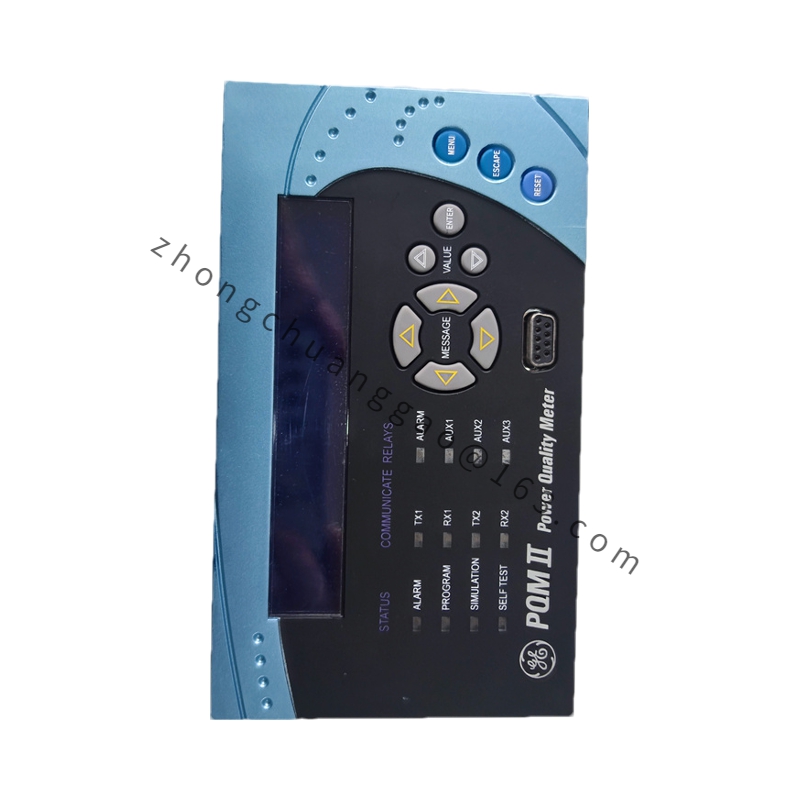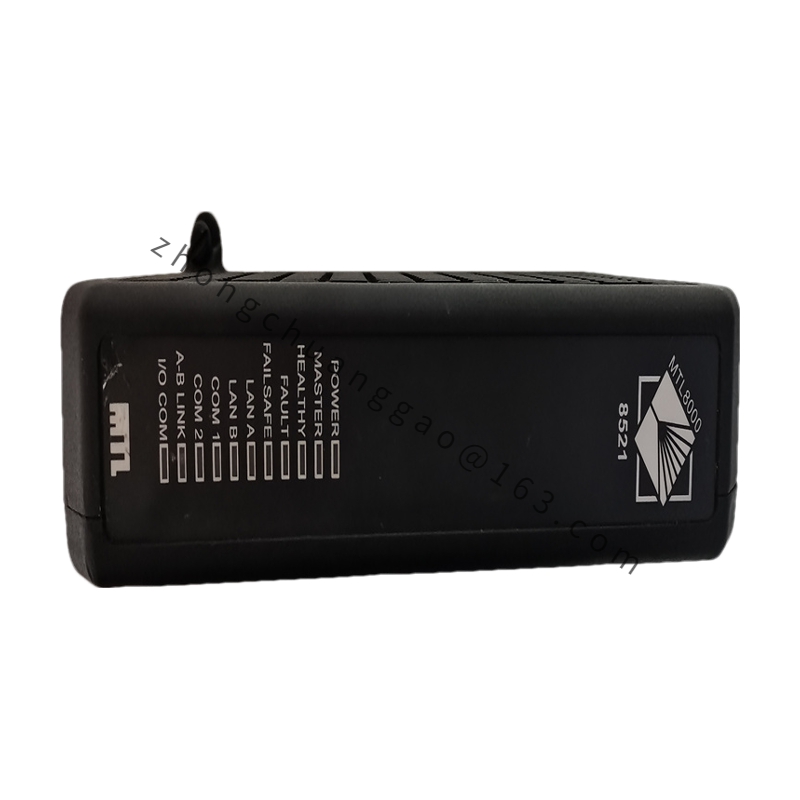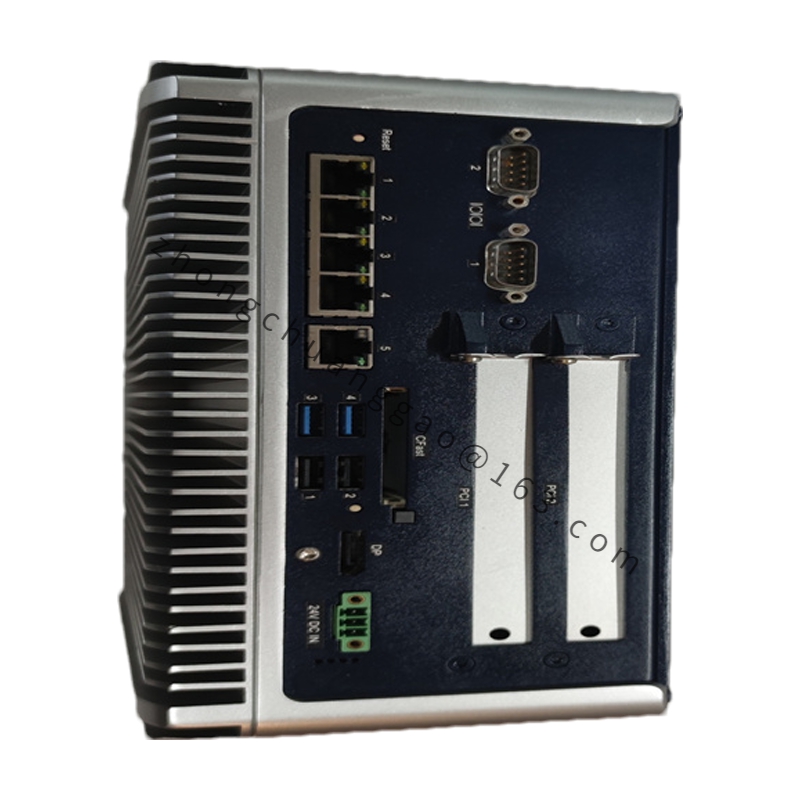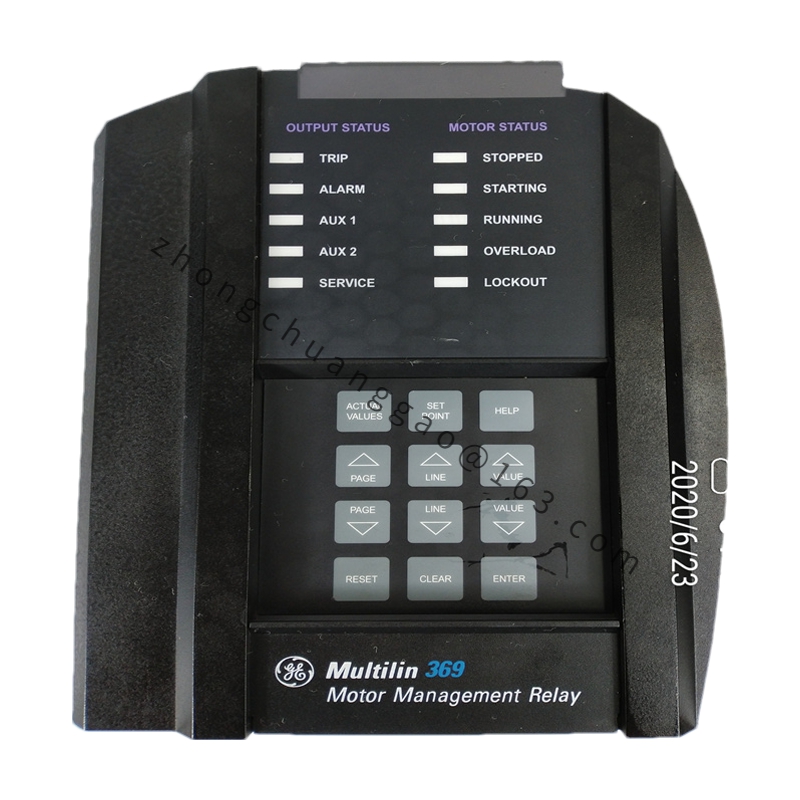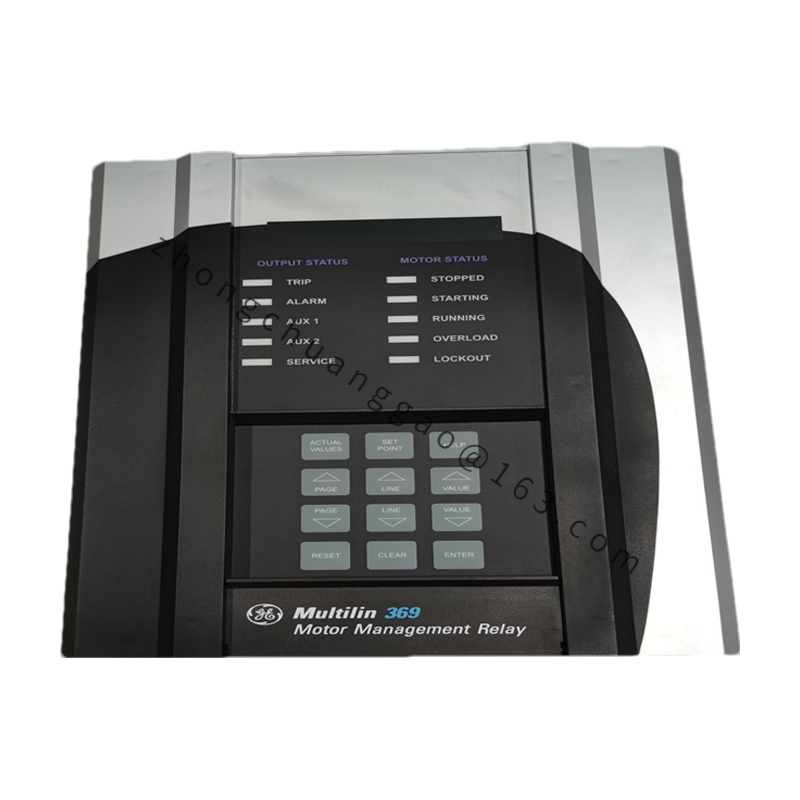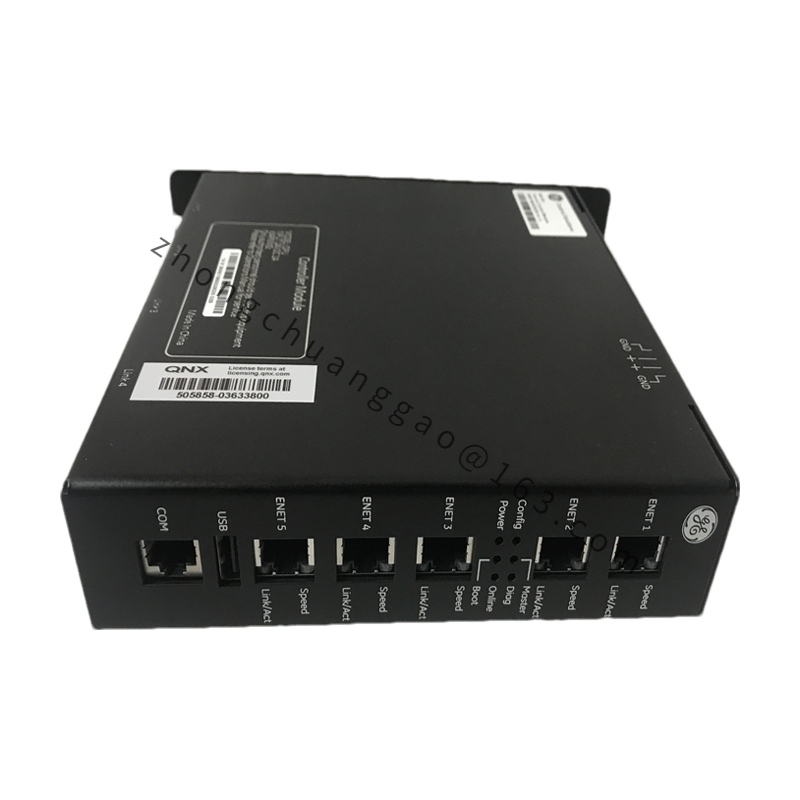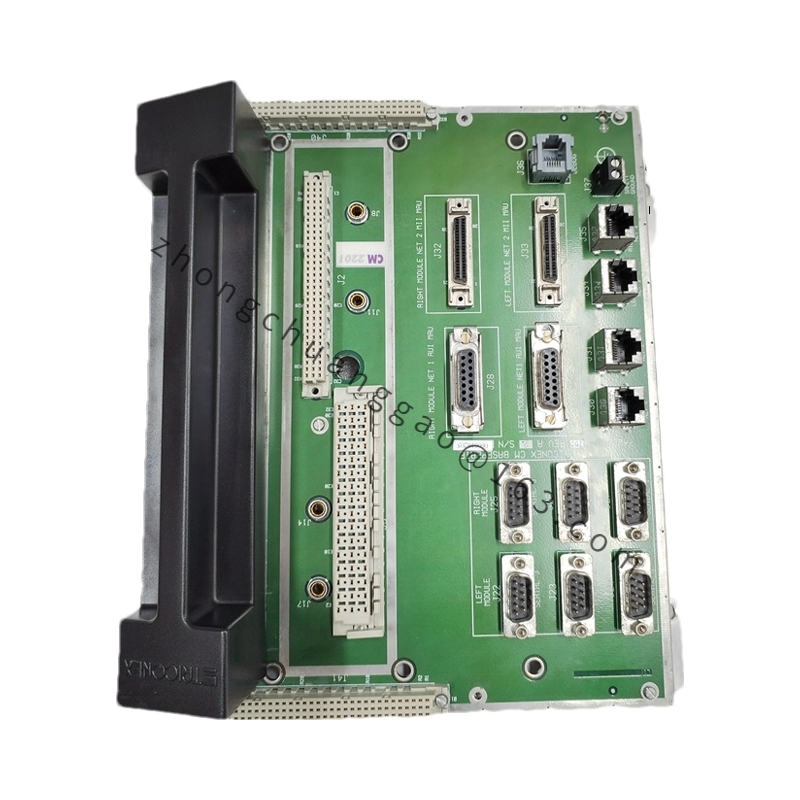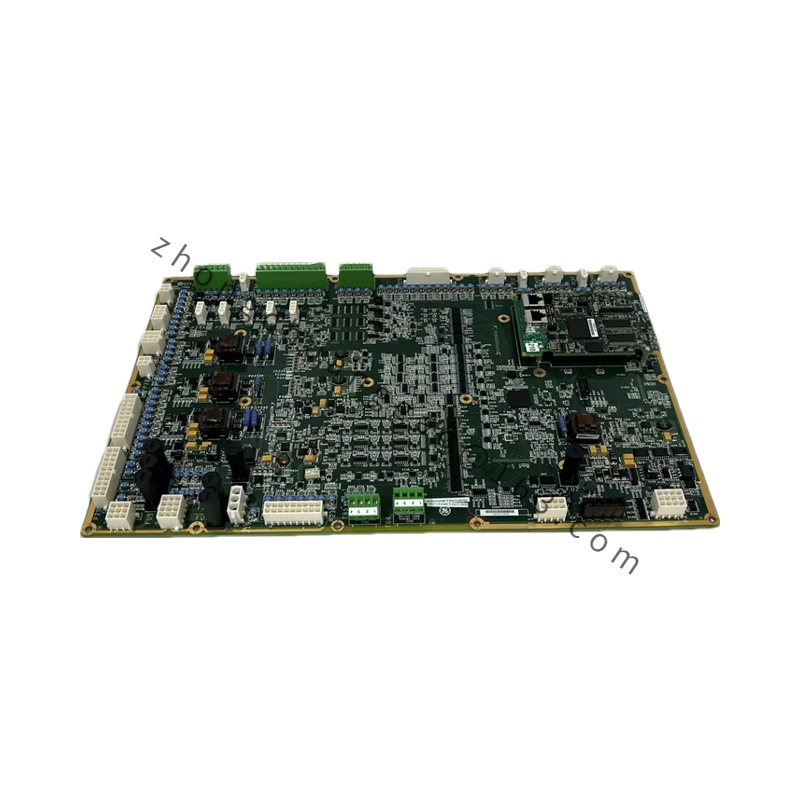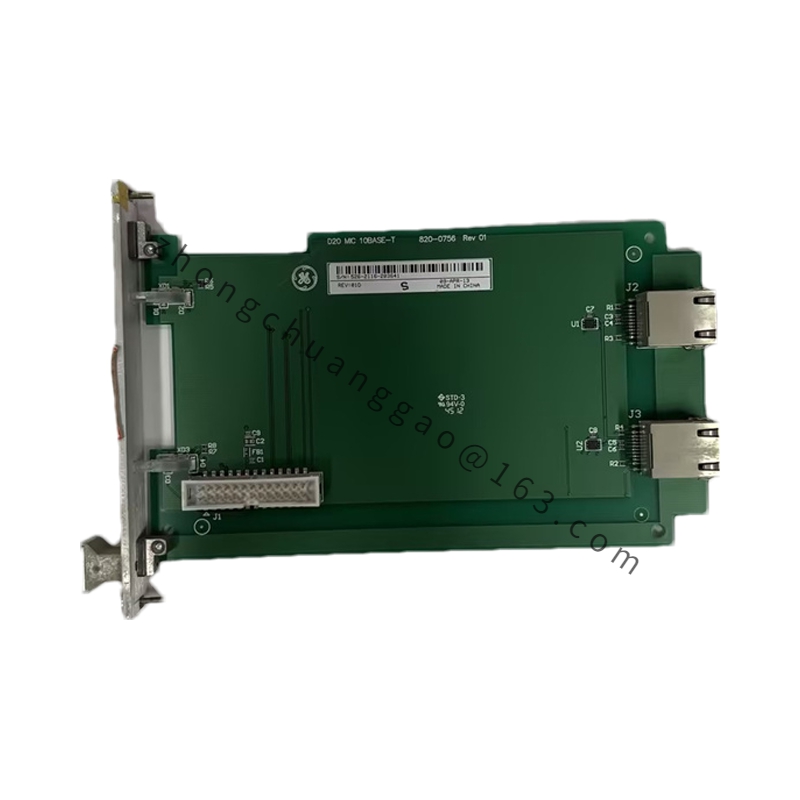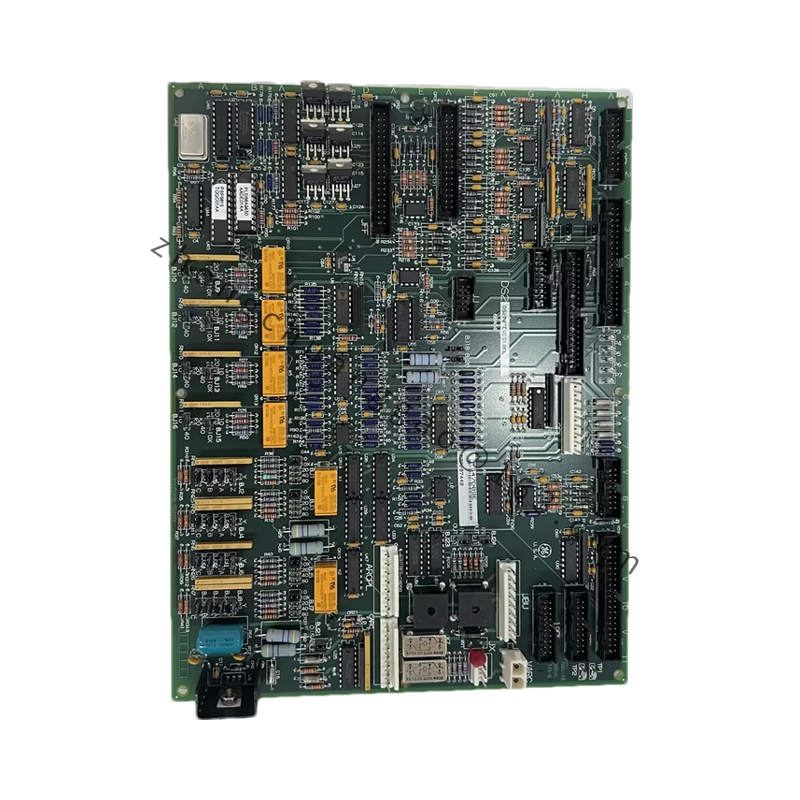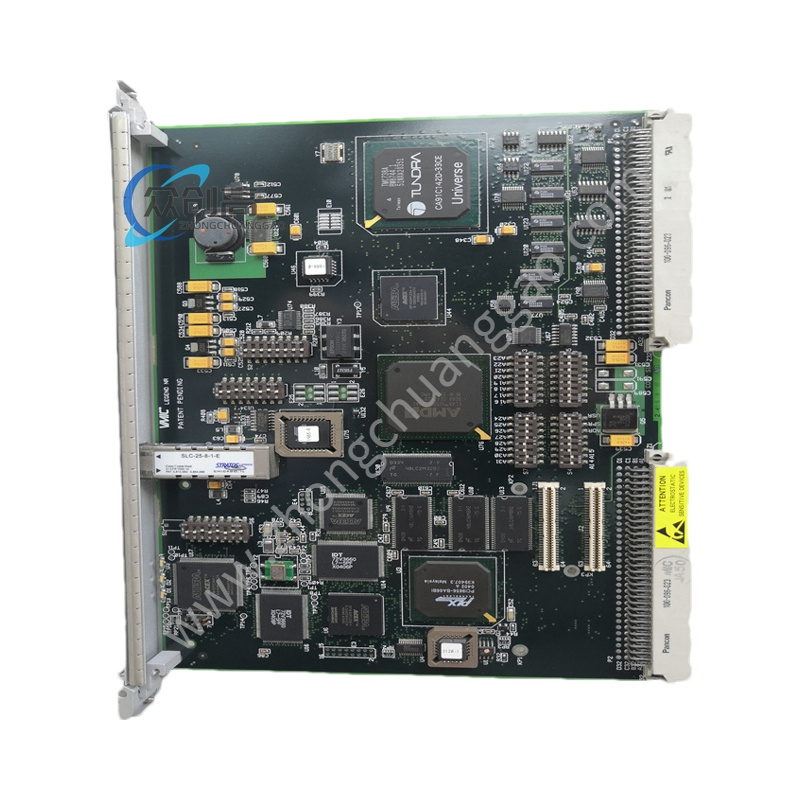Detailed content
Technical Specifications:
- Model: PQMII-T20-C-A
- Type: Power Quality Monitor
- Input Voltage Range: Typically supports a wide range of input voltages; specific range can vary depending on the configuration.
- Frequency Range: 45-65 Hz (standard for power systems)
- Measurement Accuracy: Generally high precision, with specific accuracy details provided in the technical datasheet.
- Sampling Rate: High sampling rate to accurately capture transient disturbances.
- Data Storage: Internal memory for storing measurement data.
- Communication Ports:
- RS-232: Serial communication for direct connection.
- Ethernet: For network communication and remote access.
- Modbus: For integration with other monitoring and control systems.
- Display: Often features an LCD screen for local data visualization.
- Power Supply: Typically operates on a wide range of power supply options.
Functional Features:
- Real-Time Monitoring: Provides real-time analysis of voltage, current, power, and power factor.
- Harmonic Analysis: Measures and analyzes harmonics to identify distortions in the power system.
- Waveform Analysis: Captures and displays waveform data for detailed inspection of electrical signals.
- Event Recording: Logs events and disturbances such as sags, swells, and transients.
- Data Logging: Stores historical data for trend analysis and troubleshooting.
- Alarm Functions: Configurable alarms for out-of-range conditions or events.
- User Interface: Intuitive interface for setup and configuration, often with software support for advanced features.
- Diagnostic Tools: Includes tools for identifying and diagnosing power quality issues.
Applications:
- Industrial Facilities: Used for monitoring power quality in industrial settings to prevent equipment damage and ensure operational efficiency.
- Commercial Buildings: Helps in managing and analyzing power quality issues in commercial environments to optimize energy use and prevent disruptions.
- Utilities: Assists utility companies in maintaining the quality of power supplied to customers and in investigating power quality complaints.
- Data Centers: Ensures reliable power quality for critical IT infrastructure and minimizes downtime caused by power disturbances.
- Renewable Energy Systems: Monitors power quality in systems like solar or wind energy installations to ensure stable and reliable operation.
Additional Information:
- Software Compatibility: Typically compatible with GE’s power quality software for detailed analysis and reporting.
- Environmental Conditions: Designed to operate within specific temperature and humidity ranges; details provided in the datasheet.
- Certification and Compliance: May adhere to various industry standards and certifications relevant to electrical monitoring and safety.

